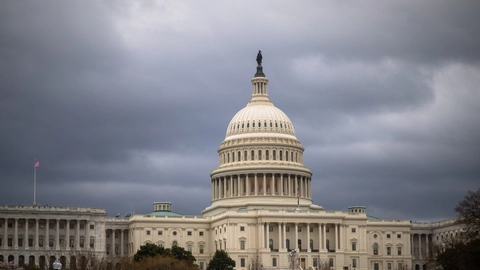As Russia ramps up its use of unidentified gases against Ukrainian troops, Ukrainian forces are finding it increasingly challenging to identify these chemicals on the battlefield.
Dropping Gas Grenades
According to Kyiv Independent Ukrainian Colonel Artem Vlasiuk reports that unlike previous months, when Ukrainian teams could identify about half of the deployed gases, the majority now remain unidentified. This is an alarming shift in Russia’s chemical warfare tactics across the eastern front.
In a brutal method to destabilize Ukrainian soldiers, Russian drones are dropping gas grenades into trenches, forcing troops into the open and making them easy targets for artillery.
Of the 323 recorded chemical attacks in October, nearly all were unidentified, with Ukrainian teams limited by a shortage of high-end detector technology.
This has made it difficult to gather solid evidence of Russia’s tactics for both Western allies and the United Nations.
Hundreds of Specialized Detectors
Ukraine needs “hundreds” of specialized detectors costing between $100,000 and $600,000 each to keep up with the increasing frequency of attacks, Vlasiuk said.
The detectors would enable Ukrainian forces to identify chemical agents more accurately and treat affected soldiers more effectively.
Yet securing this equipment has been a challenge, as international support has largely focused on conventional military resources, such as ammunition, rather than specialized detection tools.
The use of chemical agents, even tear gas, is banned under the 1993 Chemical Weapons Convention if used as a war method. Despite this, the Organisation for the Prohibition of Chemical Weapons (OPCW) has not confirmed Russia’s use of chemical weapons due to what it calls "insufficiently substantiated" evidence from both Russia and Ukraine.
In addition to known gases like CS tear gas and ammonia, Ukraine suspects that Russia has deployed newly developed RG-Vo grenades, whose chemical makeup remains unknown.
Chemical attacks are concentrated on the war's hottest zones, including Pokrovsk and Kupiansk, adding strain to Ukraine’s defense.
To date, over 4,600 gas attacks have been reported since Russia’s full-scale invasion began in 2022, with approximately 2,100 Ukrainian soldiers seeking medical care for related symptoms.



















